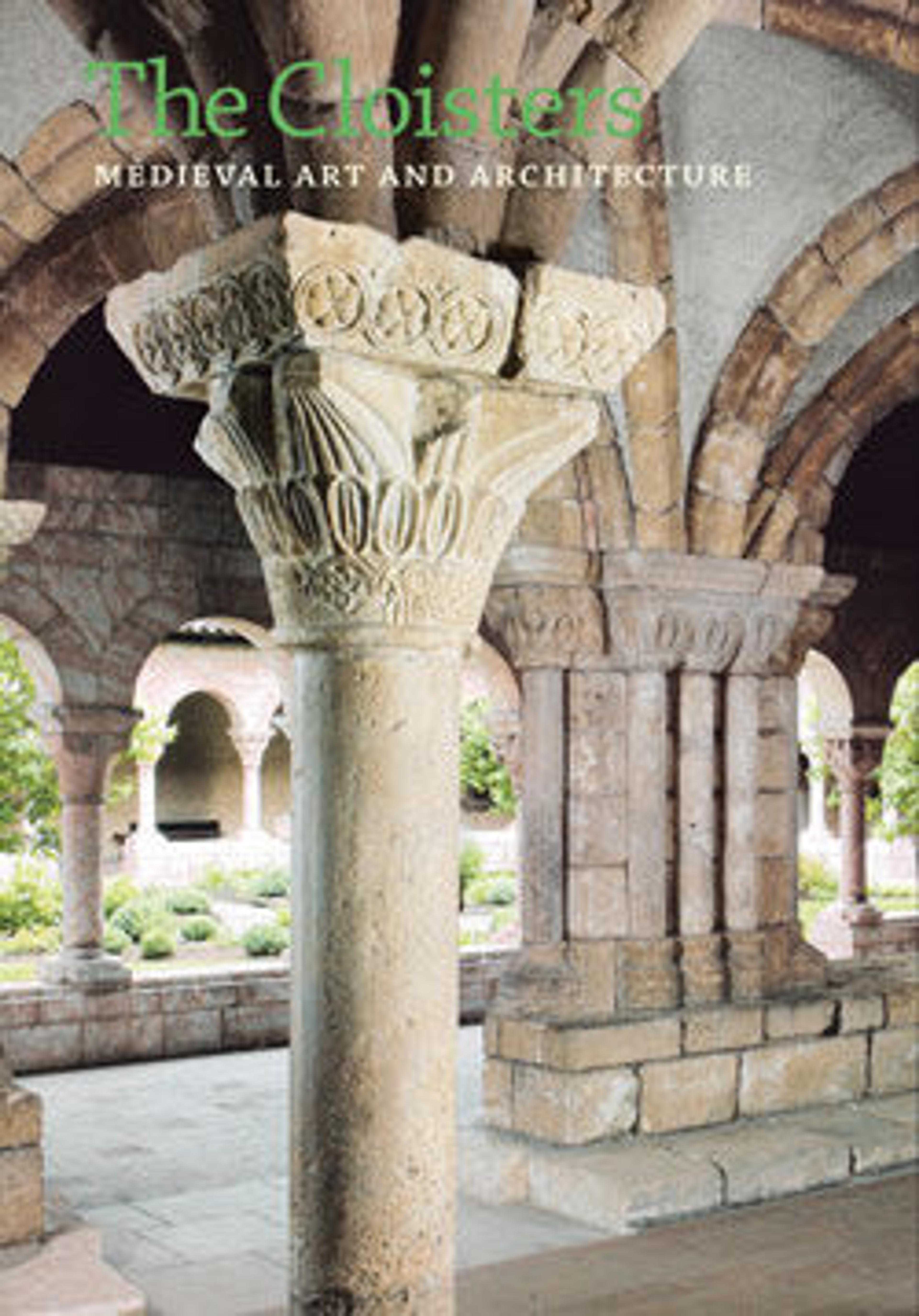Fragment of a Tapestry or Wall Hanging
This tapestry fragment represents a fabulous lionlike beast with pointed teeth, clawed feet, and a scaly rump. Such beasts, derived from those illustrated in classical texts like the Physiologus and medieval bestiaries, represent vices. Here the figures posed with them seem to have tamed their libidinous cravings. Such tapestries were displayed in homes providing decoration as well as insulation.
Artwork Details
- Title: Fragment of a Tapestry or Wall Hanging
- Date: ca. 1420–30
- Geography: Made in Basel, Switzerland
- Culture: Upper Rhenish
- Medium: Wool and linen
- Dimensions: 29 5/8 × 34 1/4 in. (75.2 × 87 cm)
Wall Mount: 33 1/16 × 38 1/8 × 3 1/16 in. (84 × 96.8 × 7.8 cm) - Classification: Textiles-Tapestries
- Credit Line: The Cloisters Collection, 1990
- Object Number: 1990.211
- Curatorial Department: Medieval Art and The Cloisters
More Artwork
Research Resources
The Met provides unparalleled resources for research and welcomes an international community of students and scholars. The Met's Open Access API is where creators and researchers can connect to the The Met collection. Open Access data and public domain images are available for unrestricted commercial and noncommercial use without permission or fee.
To request images under copyright and other restrictions, please use this Image Request form.
Feedback
We continue to research and examine historical and cultural context for objects in The Met collection. If you have comments or questions about this object record, please contact us using the form below. The Museum looks forward to receiving your comments.
